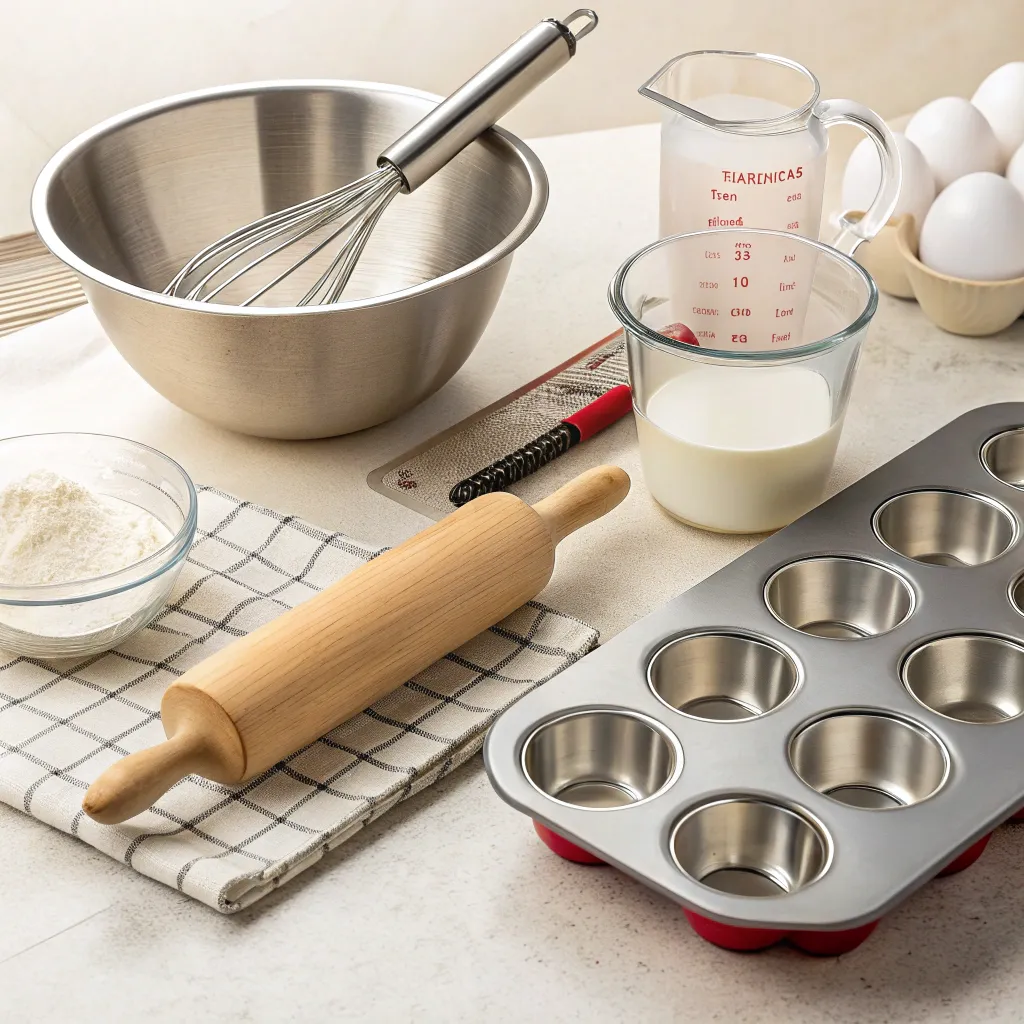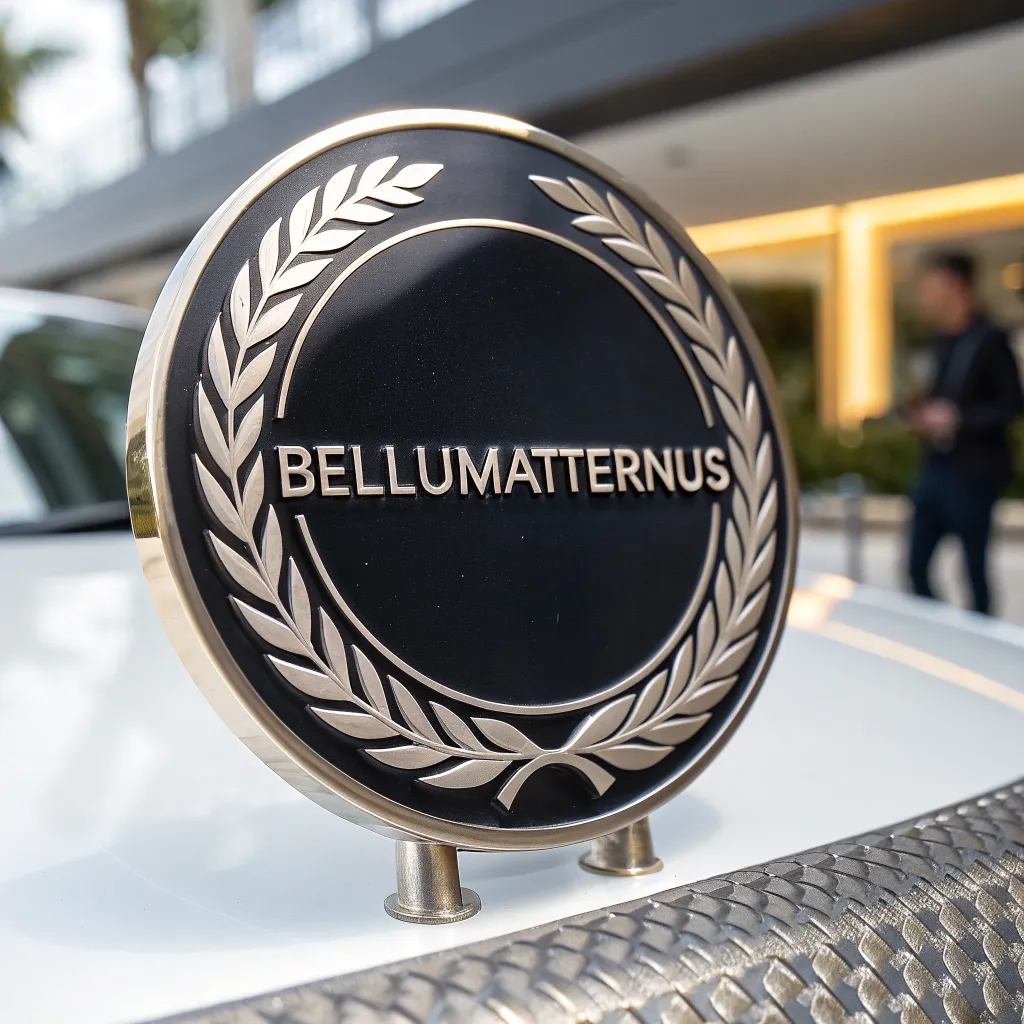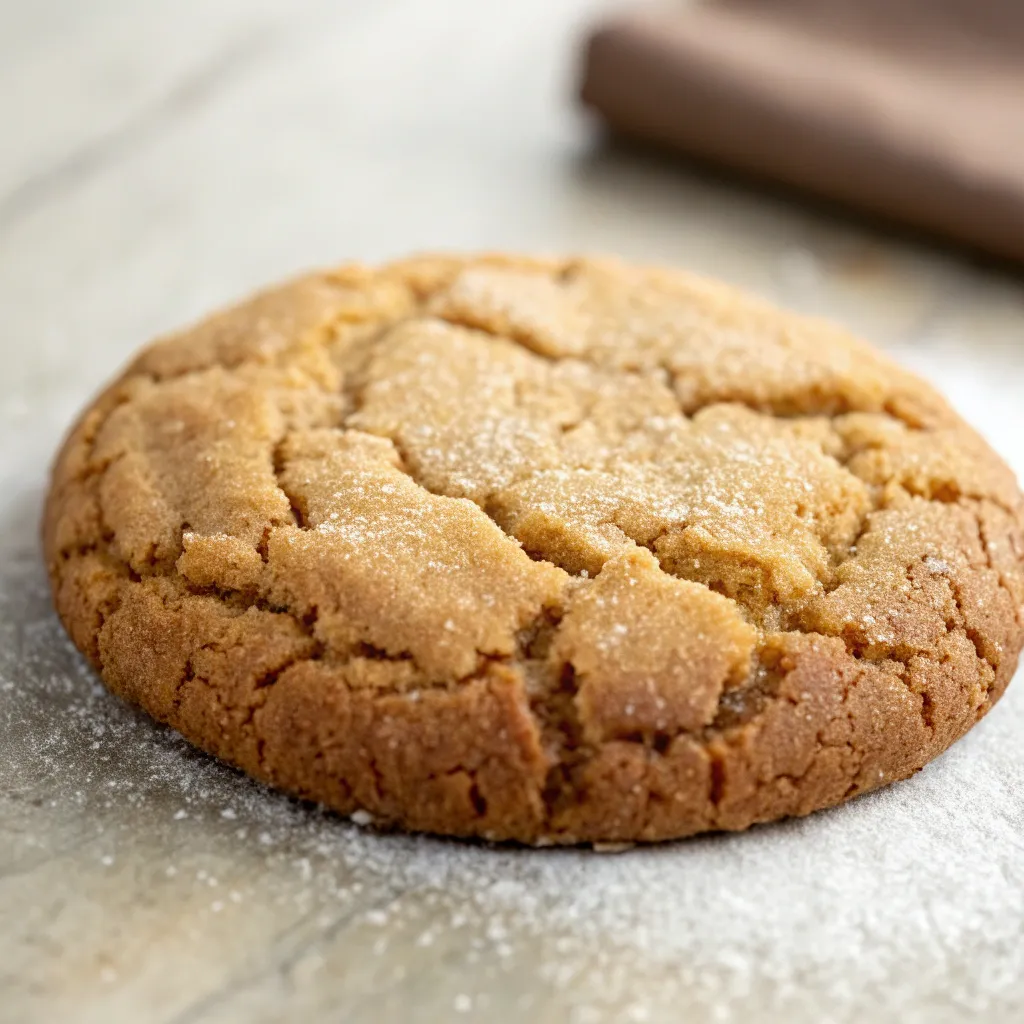
Join Our Beginner Cooking Courses!
Kickstart your culinary journey with our expert chefs.
Sign up now and get 20% off your first class!
Contact UsWelcome to BELLUMAETERNUS

Founded in the heart of San Francisco, BELLUMAETERNUS began with a simple idea: to inspire culinary creativity in every household. It all started in a small kitchen, where our founder, Emma Langston, decided to share her love for cooking by hosting intimate kitchen gatherings with friends and family. Fueled by passion and a sprinkle of ambition, these gatherings grew into a community-focused initiative to teach beginner cooking courses.
Today, we are proud to offer a variety of beginner-friendly courses designed to make cooking both enjoyable and accessible to everyone. At BELLUMAETERNUS, we believe that anyone can become a chef in their own kitchen with the right guidance and encouragement. Our experienced instructors are dedicated to helping you gain confidence in the kitchen through hands-on sessions and personalized coaching.
Whether you're looking to learn the basics or refine your skills, our courses are tailored to meet you at your current level and guide you to new culinary heights. We embrace the diversity of flavors and techniques from around the world to bring you a vibrant and enriching learning experience.
Join us on this flavorful journey and ignite your passion for cooking with BELLUMAETERNUS. Your culinary adventure awaits!
Beginner Cooking Courses

Fresh Ingredients 101
Learn about selecting and using fresh ingredients to bring out the best in your dishes.
Contact Us
Baking Basics
Master the fundamentals of baking with easy-to-follow recipes and techniques.
Contact Us
Cooking Fundamentals
Discover the essential techniques used by chefs around the world to make flavorful dishes.
Contact Us





